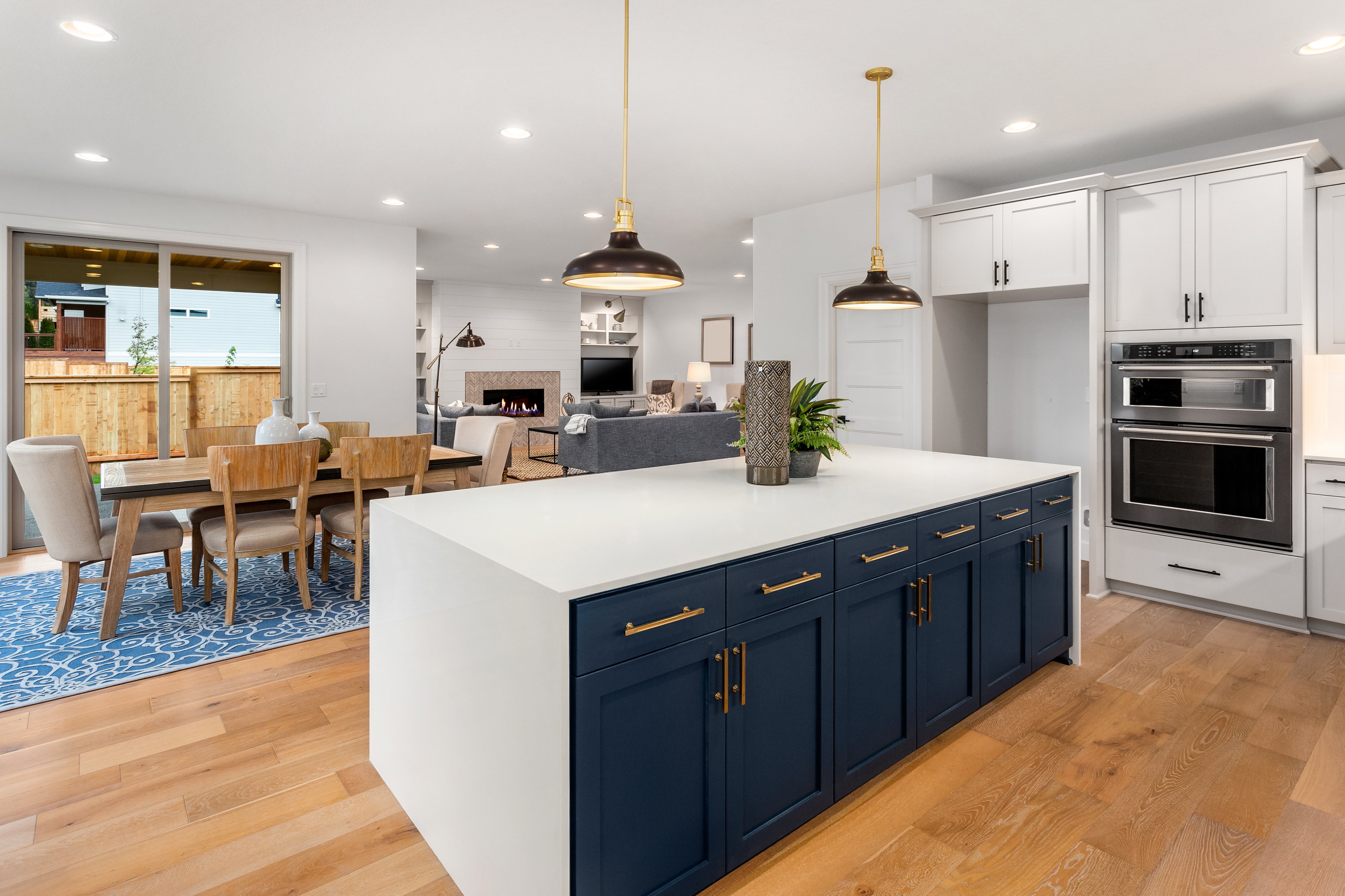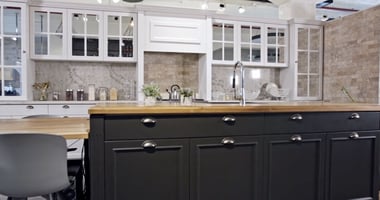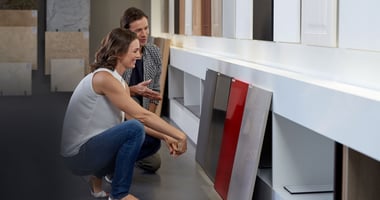In the world of custom cabinetry, versatility is key. Being able to offer a wide variety of cabinet...
European-Style vs. American-Style Cabinetry
European-Style Cabinets
Also known as frameless cabinets, these are a popular choice for modern kitchen designs due to their sleek and minimalistic appearance. These cabinets do not have a face frame (which is the frame around the front edges of the cabinet box). Instead, they rely on a system of metal brackets, known as system 32, to provide structural support and stability.
Photo courtesy of Sylvester Custom Cabinetry
American-Style Cabinets
Also referred to as 'Face Frame cabinets,' they have a face frame that is attached to the front of the cabinet box. The face frame consists of vertical stiles and horizontal rails that provide a frame for the cabinet doors and drawers. These cabinets are more traditional in appearance and are often used in traditional or country-style kitchen designs.

How Are They Constructed?
European-style cabinets are made with full-overlay doors and drawers, which means that the doors and drawers completely cover the face of the cabinet box. This creates a seamless and cohesive look and allows for more storage space within the cabinet.
American-style cabinets have partial-overlay doors and drawers, which means that there is a small gap between the doors and drawers and the face frame. This gap is necessary to allow for the movement of the doors and drawers.
How Are They Installed?
European-style cabinets are mounted directly to the wall, using the system 32 brackets for support. This allows for a more streamlined and modern look, as there is no visible frame around the front of the cabinets.
American-style cabinets are typically installed using screws that attach the face frame to the cabinet box.
The choice between European-style frameless cabinets and American-style face frame cabinets is a matter of personal preference and design style. Both types of cabinets have their own unique characteristics and benefits, and the right choice will depend on the specific needs and design goals of your client.




